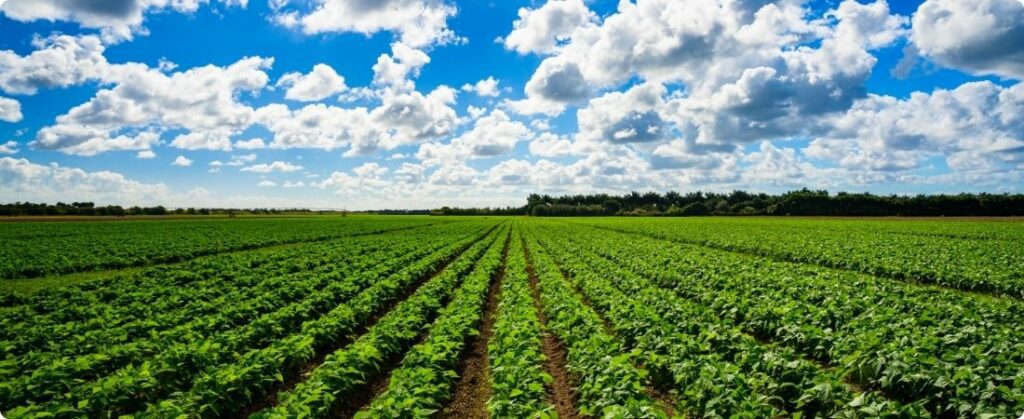
The USDA's latest bulletin indicates significant rainfall in the north-central US, alleviating the persistent drought in some regions. However, drought continues to affect areas west of the Rocky Mountains, with a potential negative impact on crops.
In the north-central US, a slow spring storm brought significant rainfall, with local accumulations of more than 50 millimeters. This precipitation fundamentally restored soil moisture, which last summer's drought and a winter with below-average snowfall had severely compromised.
Additionally, the Plains recorded severe thunderstorms that spread into the Midwest in subsequent days. The Middle Mississippi Valley region also experienced adverse weather conditions on April 18.
Weather extremes in the US
Although the rain dissipated on the Atlantic Coast at the end of the week, intense showers persisted in the South, with some locations recording more than 50 millimeters of rain. Meanwhile, dry weather prevailed west of the Rockies and extended into north-central areas, including parts of the Great Plains and states such as Kansas, Oklahoma and northern Texas. This prolonged drought can exacerbate water stress conditions in crops, affecting plant development and lowering yield expectations.
Temperatures were quite high, with weekly averages of 2.8 to 5.6°C above normal in regions from the eastern regions of the Central and Southern Plains to the Middle and Southern Atlantic States, with the exception of the Florida peninsula . The Ohio and Tennessee Valleys, as well as the central and southern Appalachians, recorded warmer than normal temperatures. These higher temperatures can accelerate the development cycle of several crops, which requires monitoring and adjustments in management by producers.
In contrast, cooler conditions were observed mainly in the northern areas of the country, which affected the northern sections of the Rockies and Great Plains. As the week progressed, a wave of colder air blanketed the Plains, Midwest and Northwest, a change that could affect crops germinating or in early stages of development.
Progress of crops
Corn: As of April 21, producers had planted 12% of the national corn crop, equal to the previous year's percentage, but 2 percentage points ahead of the average of the last five years. In Texas, 68% of planted area increased, 2 points below the previous year, but 3 above the average. 3% of corn planted in the US emerged, exceeding 1 percentage point compared to the previous year and the five-year average.
Soy: 8% of the national soybean area has already been planted, matching last year, exceeding the five-year average by 4 percentage points. Arkansas and Louisiana have made the most progress, with 43% and 42% of their acreage already planted, respectively.
Cotton: In April, 11% of the national cotton crop was planted, equaling the average percentage of the last five years and the previous year. In Arizona, 42% of the area has already been planted, exceeding the previous year by 12 percentage points and the average by 1 point.
Source: Gabriel Rodrigues | agrolink












